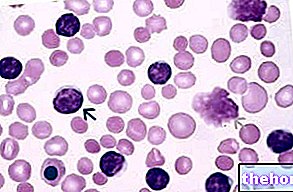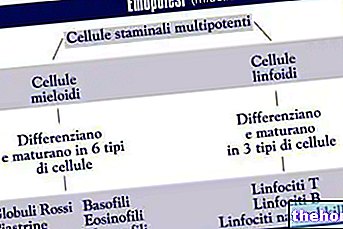What is Aplastic Anemia?
Aplastic anemia is a disease of the bone marrow that causes pancytopenia, that is, a numerical reduction of all blood cells. In the presence of aplastic anemia, there is therefore a simultaneous decrease in the number of red blood cells (anemia), white blood cells (leukopenia ) and platelets (thrombocytopenia) .This reduction follows the generalized decrease in the number of hematopoietic stem cells and their ability to generate the mature elements of the blood.
There are three main mechanisms by which the bone marrow becomes insufficient:
- An intrinsic defect of the cells of the stem compartment;
- An "immune-mediated inhibition of hematopoietic proliferation and differentiation;
- Damage to the medullary microenvironment, secondary to immune diseases or infections, or to exposure to particular physical or chemical agents

Treatment is based on the degree of cytopenia and can be divided into primary and supportive. Supportive therapy (eg. Transfusions or antibiotics) aims to correct the symptoms of aplastic anemia, without actually managing the underlying cause. Primary intervention can instead be based on bone marrow transplantation or the administration of drugs immunosuppressants, typically an anti-lymphocyte serum in combination with cyclosporine.
Causes
Aplastic anemia has a varied etiology and includes both hereditary and acquired (idiopathic and secondary) forms. Among the hereditary forms we remember the "Fanconi anemia and the congenital dyskeratosis, while among the acquired ones it is very often not possible to find a precise triggering factor (idiopathic aplastic anemia). To date a multitude of synthetic substances have been identified whose potential myelotoxic can generate the disease in genetically predisposed subjects.




























